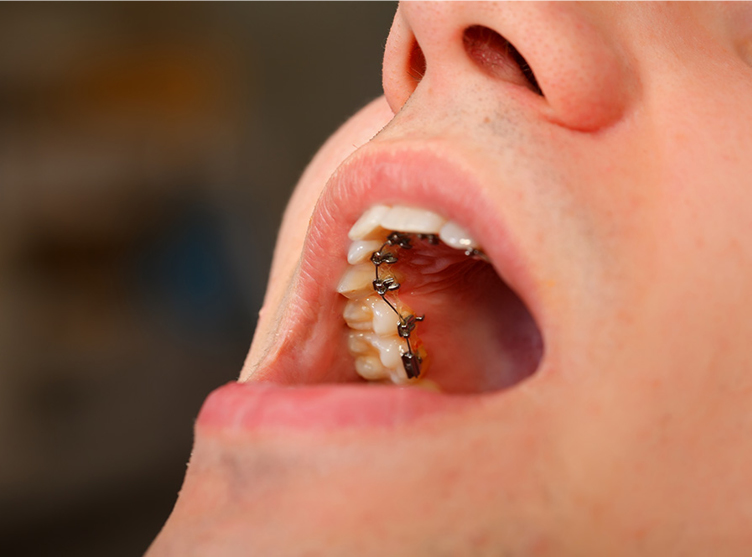
If you’re considering wearing braces, you may wonder if lingual braces are the better option. These orthodontic braces are placed behind the teeth instead of the front. Let’s take a closer look at what you need to know about wearing lingual braces to see if they are right for you!
What are Lingual Braces?
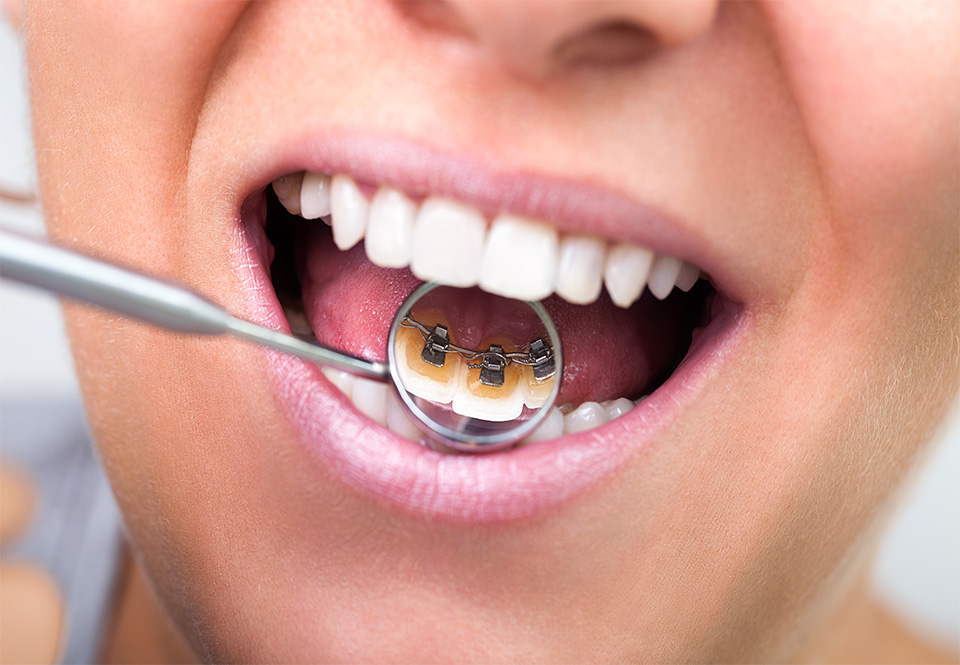
Lingual braces are an orthodontic treatment that helps improve teeth alignment. Lingual braces are applied on the inside of the lower or upper teeth (lingual means “tongue-side”), making them virtually invisible when you smile. They are also sometimes referred to as “tongue-tie” braces or “invisible” braces.
Lingual appliances are created with the same materials as traditional braces. The treatment process is similar to conventional braces but they could take a bit longer to achieve straight teeth in some cases.
But how do lingual braces differ from other types of braces or orthodontic appliances? Let’s look at some of the key ways:
Placement
Lingual braces is one of the excellent options for people who are self-conscious about the appearance of traditional metal braces. Lingual braces are placed on the inside surfaces of your teeth, making all the brackets and wire hidden from view and aesthetically pleasing. Ceramic braces also provide less visibility but it is on the front of the teeth.
Customisation
Lingual braces are customised to fit the unique shape of your teeth. Similar to traditional braces, your orthodontist takes an accurate impression or digital scan of your mouth, which will then be used to create customised wires and brackets to fit along the line of your teeth and help to gradually move them into a desired result of a beautiful smile.
Cost
Lingual braces cost more than other types of braces. However, some people may feel the extra cost is worth the added benefits.
Pros & Cons
Lingual braces are types of braces placed on the back of your teeth, making them completely invisible to other people. Because of this, many people believe that lingual braces may be the better option.
However, there are some things you should consider before deciding if lingual braces are right for you.
Pros:
- Reduced visibility
They are completely hidden from view, so nobody will know you are wearing braces unless you tell them. It can be a significant advantage for people self-conscious about their appearance.
- Improved hygiene
Since the brackets on the back of your teeth, the supply of saliva is plentiful. Due to the increased supply of saliva, it is unlikely you can get decay or demineralisation on the inside surfaces of your teeth.
Cons:
- More expensive than conventional braces
Lingual braces usually cost more than traditional metal braces. It is because they are custom-made and require specialist training to apply.
- Decreased comfort
Since lingual braces are placed on the back of your teeth, they can be less comfortable than conventional metal braces for most people. It is because there is more pressure on your tongue, which can make your mouth feel crowded and can even irritate the tongue for a short period of time.
- Difficult to clean
Lingual braces can be more challenging to keep clean than traditional braces because they are harder to reach. It means that you may have to spend more time cleaning your teeth, and you may need to use special flossing devices or brushes while you wear braces.
- Difficult to adjust to
They can be more challenging to get used to than traditional braces because it takes time to get used to the feeling of having brackets attached to the back of your teeth.
Who are candidates for lingual braces?
Lingual braces are an orthodontic treatment option that is growing in popularity. Working adults, adolescents looking for a great cosmetic alternative to traditional metal braces can be a good candidate for lingual orthodontic treatment.
Lingual braces are also an option for many patients with severe crowding or bite problems such as very deep overbites that cannot be corrected with clear aligners. They are placed on the back side of the teeth, making them invisible from the front, making them a good choice for adults concerned about the appearance of metal braces.
How does it work?
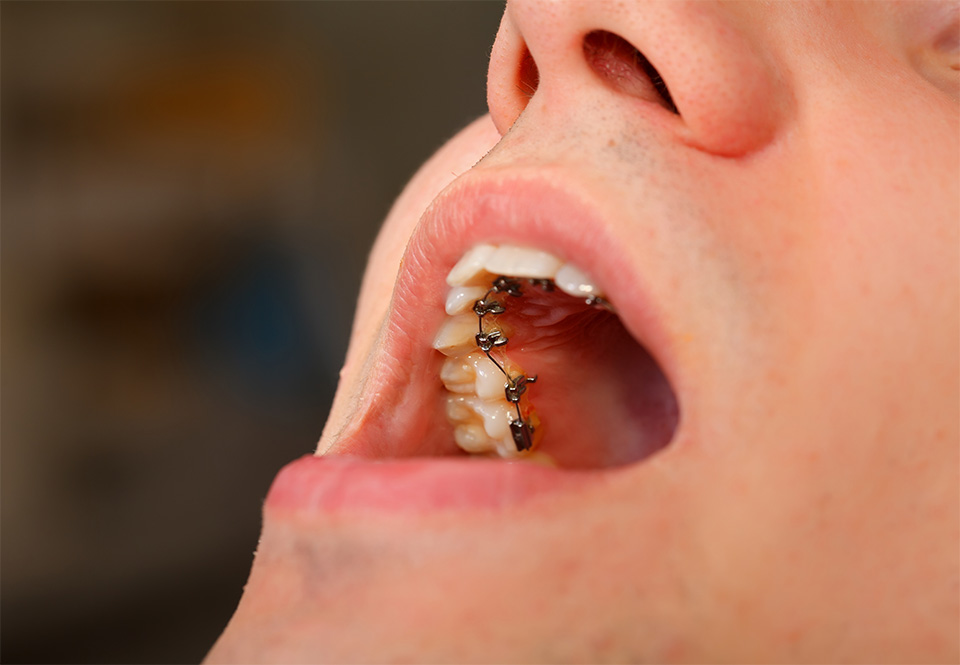
Lingual braces are a type of braces that are placed by an orthodontist on the inside of the patient’s teeth rather than the outside. It can give the appearance of straight teeth without the need for visible metal wires and brackets.
Lingual braces work by putting pressure on the teeth and moving them into the desired position. The wire is attached to the customised lingual brackets bonded to the back of the teeth. The wire tightens, puts pressure on the teeth and moves them into place. The treatment time for lingual braces is typically longer than traditional braces for most patients to straighten their teeth as teeth can be more difficult to move from the back.
How much does it cost?
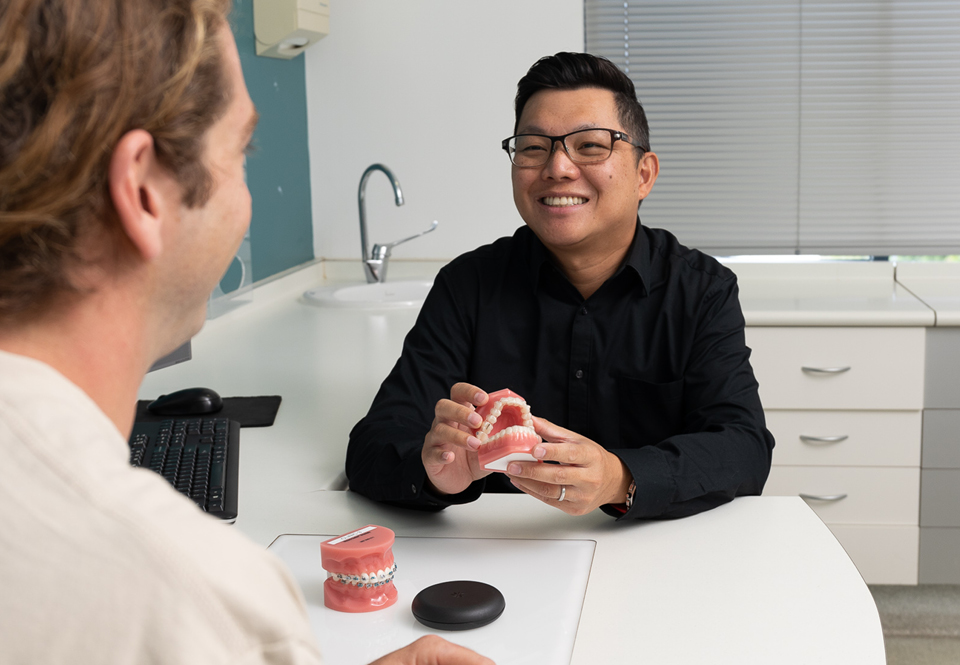
The cost of lingual braces varies on several factors, such as the severity of your case, the length of treatment, and your geographical location.
However, on average, lingual orthodontic patients can expect to pay around $16,000 for their treatment. It may seem like a lot of money upfront, but it is essential to remember that braces are an investment in your long-term oral health.
Furthermore, an orthodontist can offer financing options that makes lingual braces treatment plan more affordable.
Foods to Avoid After Getting Lingual Braces
When you wear lingual braces, certain foods are prohibited. It is essential to eat soft foods to lessen the risk of damaging the braces. But once you get used to eating with your braces, you can slowly start adding other foods to your diet. Here are some specific foods to avoid after getting lingual braces:
Hard foods
Hard food can break the lingual brackets or wires on the braces, which can lengthen treatment time. It can cause discomfort or pain if it gets stuck between the braces and teeth and can increase the risk of cavities and tooth decay. Hard candy, nuts, and popcorn are all examples of hard foods.
Chewy food
Chewy foods can be tough on braces as they are challenging to eat, causing them to loosen or even break. It can quickly get stuck between the teeth and braces, leading to plaque buildup and tooth decay. Some chewy gums include bagels, chewy candy, and gum.
Sticky food
Caramel, gum, and jelly can all stick to your braces and cause tooth decay. It’s best to avoid these foods altogether when wearing lingual braces or at least brush your teeth after eating them.
Crunchy Foods
Crunchy foods can be challenging to eat with braces and damage the metal brackets. Avoid popcorn, chips, and pretzels.
Frequently Asked Questions
Are lingual braces better than normal braces?
The answer to this question depends on several factors. Some people might find that lingual braces are less comfortable than traditional ones, while others find that they are less visible.
Ultimately, your option for orthodontic appliances will depend on your individual preferences and needs.
Does it take longer?
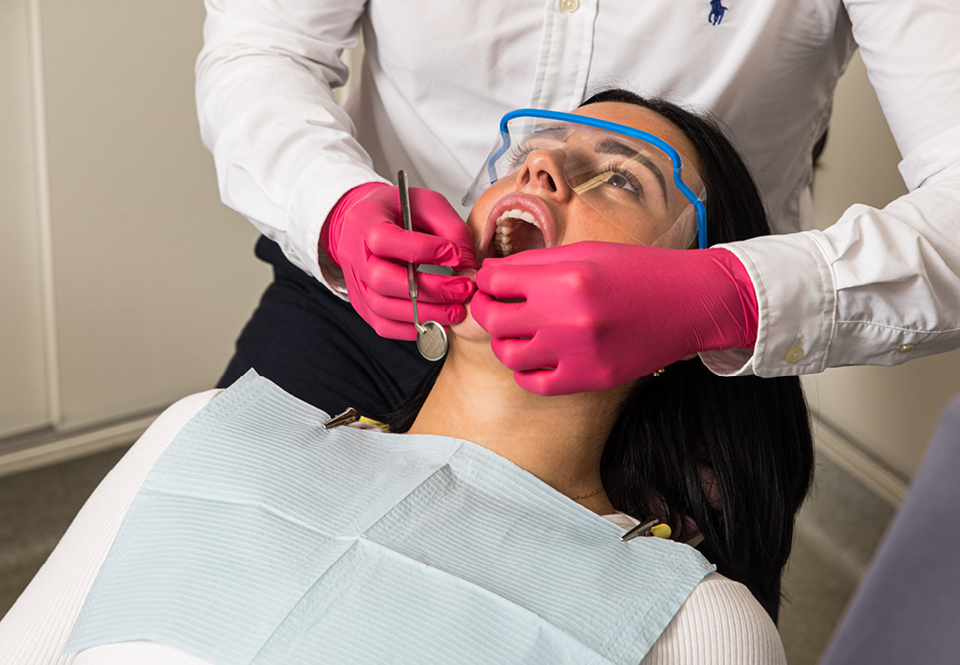
Lingual orthodontic appliances are, in general, more difficult to place than other fixed braces such as ceramic braces. As a result, they often take longer to install. However, the length of time required for lingual braces treatment can vary depending on the individual case.
In some instances, lingual braces are quickly placed, while the process may take several months in others. Ultimately, your orthodontist will determine the amount of time required for lingual braces treatment based on the severity of your case.
Does it give you a lisp?
Although there is no definitive answer, some studies suggest that lingual braces may contribute to a lisp. It is likely because the tongue cannot move as freely, making it difficult to produce certain sounds.
In Summary

Lingual braces work similarly to any other braces for straightening teeth. While they can be more expensive and may require longer treatment time, they offer several benefits, such as being less visible.
Not everyone can determine what choice is for them. But if you’re after braces with less visibility, invisible braces such as aligners will do but lingual braces also makes it invisible in the front. Treatment options are also available for complex cases.
Always consult with an orthodontist if you are considering lingual orthodontics or another treatment type. We offer complimentary consultations with our treatment consultants here at Smile Team for new patients above the age of 16.